Optimal Seasons for Asphalt Service
Proper timing for asphalt service is essential to ensure durability and optimal results. The climate and seasonal conditions significantly influence the effectiveness of maintenance and repair work. Understanding the ideal periods for asphalt projects can help prevent issues such as cracking, potholes, and surface deterioration.
Spring is a popular time for asphalt repairs due to moderate temperatures that allow for proper curing and bonding of materials.
Summer offers long, warm days ideal for paving and sealing, but excessive heat can sometimes cause surface issues if not managed carefully.
Fall provides cooler temperatures and less traffic, making it suitable for sealcoating and minor repairs before winter.
Winter is generally not ideal for asphalt work due to freezing temperatures that hinder proper curing and can cause surface damage.
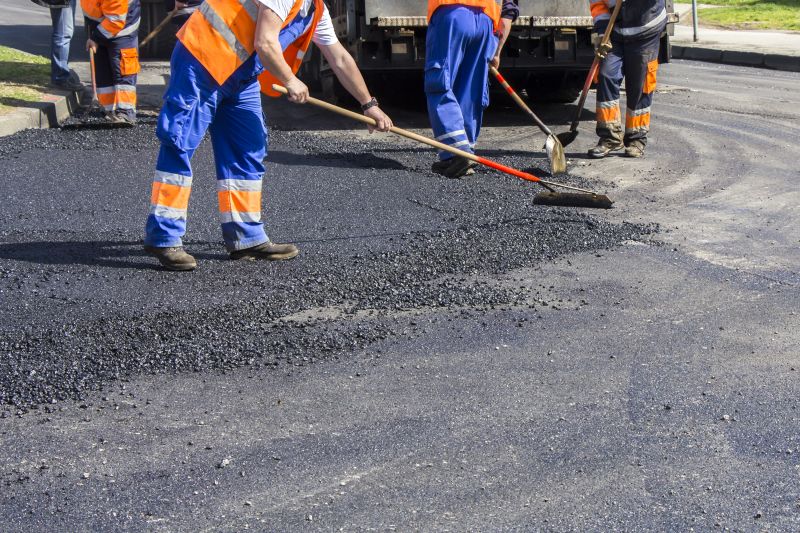
Springtime paving and repairs benefit from optimal weather conditions.
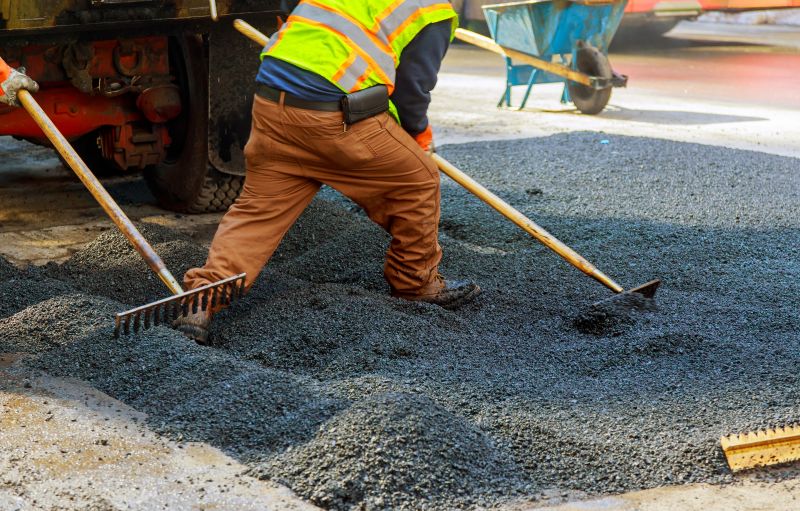
Summer offers extended daylight for efficient asphalt projects.
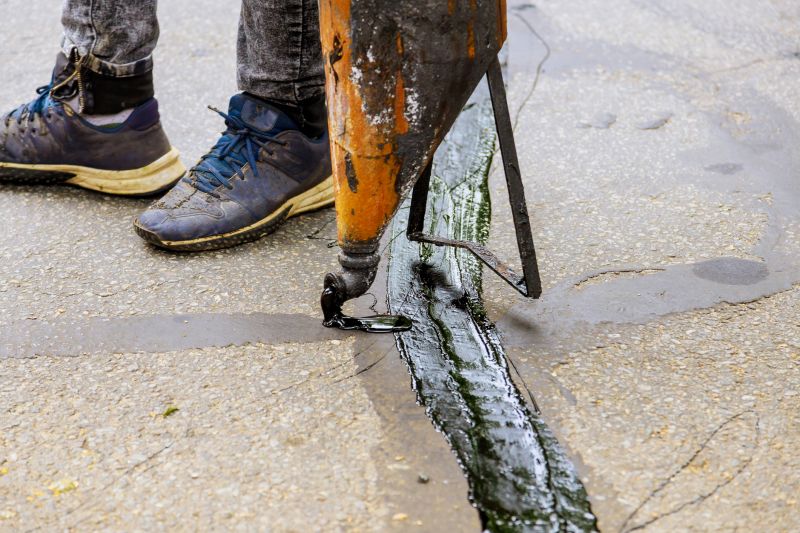
Fall is ideal for sealing and minor repairs before winter.

Ways to make Asphalt Service work in tight or awkward layouts.

Popular materials for Asphalt Service and why they hold up over time.
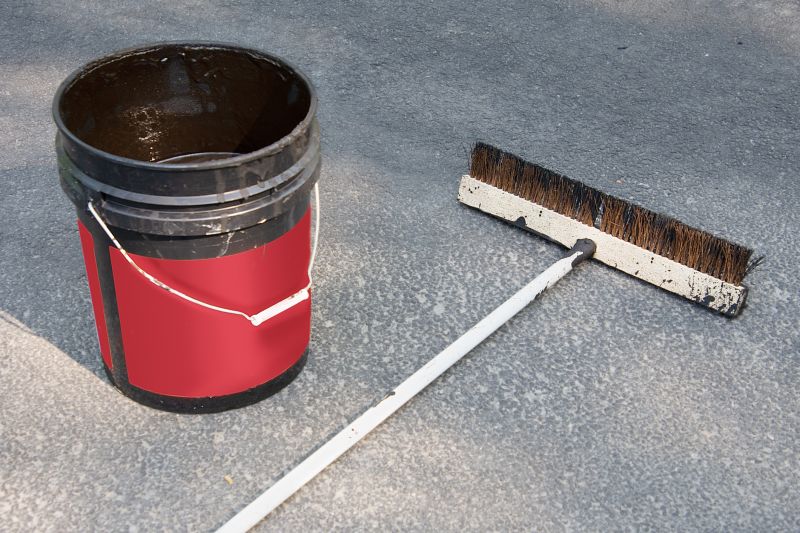
Simple add-ons that improve Asphalt Service without blowing the budget.
| Season | Suitable for Asphalt Service |
|---|---|
| Spring | Yes, especially late spring when temperatures are rising. |
| Summer | Yes, but avoid peak heat hours to prevent surface issues. |
| Fall | Yes, particularly early fall for repairs and sealcoating. |
| Winter | No, due to freezing temperatures that impair curing. |
Asphalt service involves various maintenance activities including sealing, crack filling, patching, and resurfacing. Proper timing ensures these activities are effective and durable. Seasonal considerations are critical; working during moderate weather conditions helps prevent surface damage and ensures proper adhesion of materials. Regular maintenance during the optimal seasons can extend the lifespan of asphalt surfaces and improve safety.
Statistics indicate that asphalt can last up to 20 years with proper maintenance. However, neglecting seasonal timing can lead to accelerated deterioration, increased repair costs, and compromised surface integrity. Sealcoating, for example, is most effective when applied during warm, dry weather, typically in late spring or early fall. Potholes and cracks are best addressed during the same periods to prevent worsening conditions.
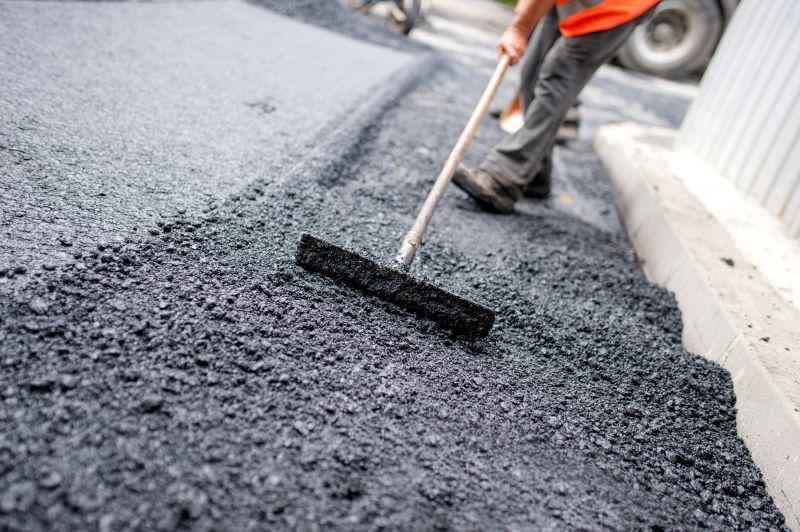
Spring repairs help prevent winter damage from worsening.
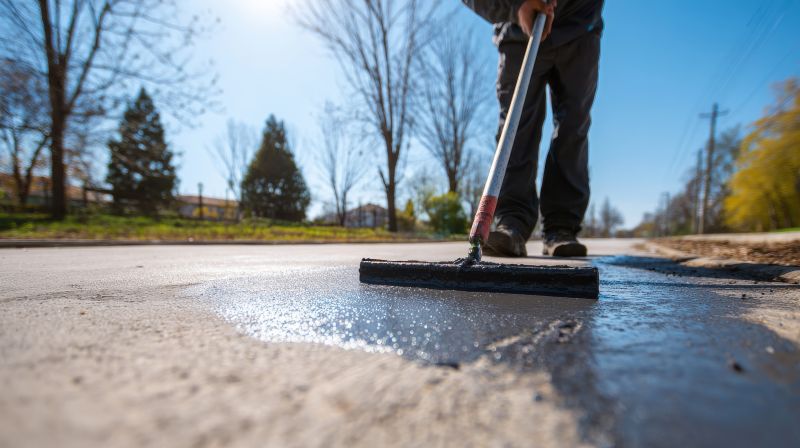
Sealing during summer maximizes durability.
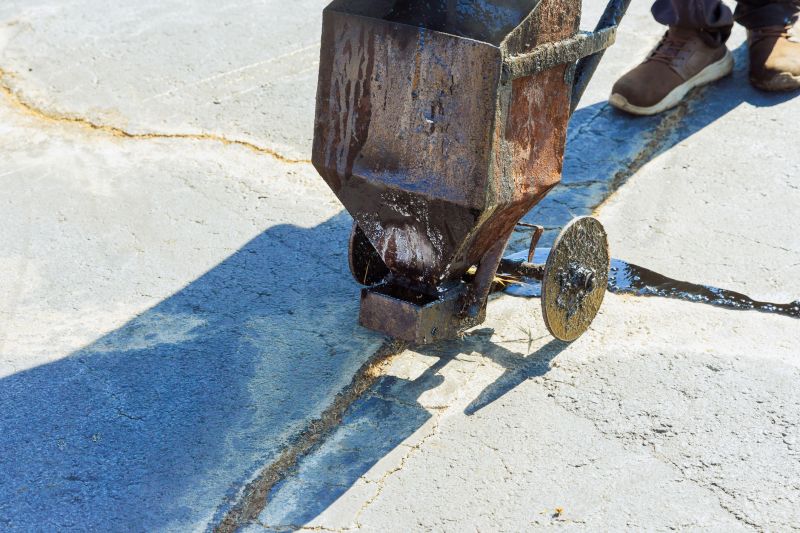
Fall sealcoating prepares surfaces for winter.
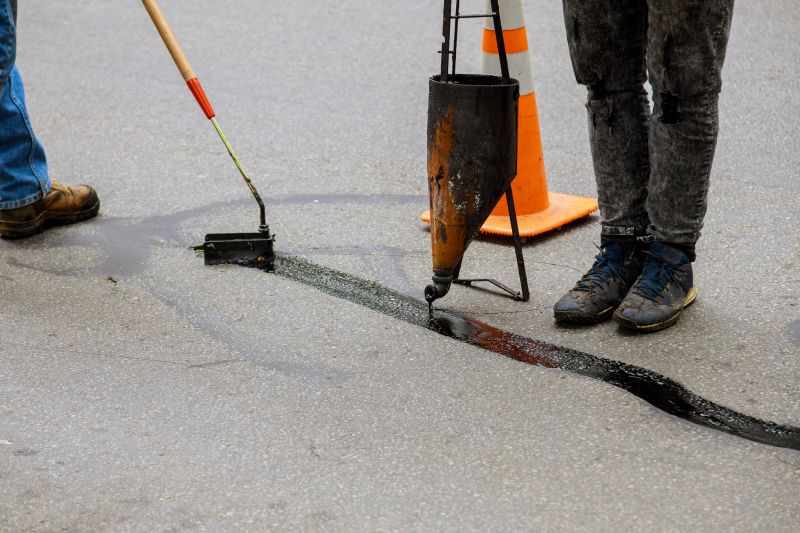
Winter is unsuitable for asphalt work due to cold temperatures.
Interested parties are encouraged to contact to discuss scheduling asphalt services during the optimal seasons. Proper timing not only enhances the quality of work but also maximizes the lifespan of asphalt surfaces, reducing long-term costs and safety concerns.
